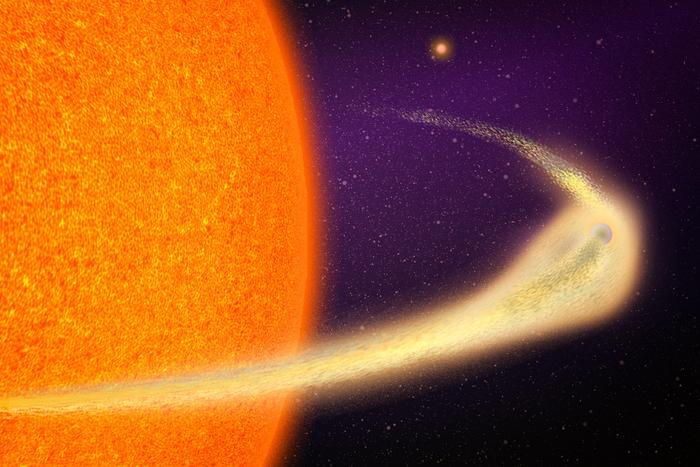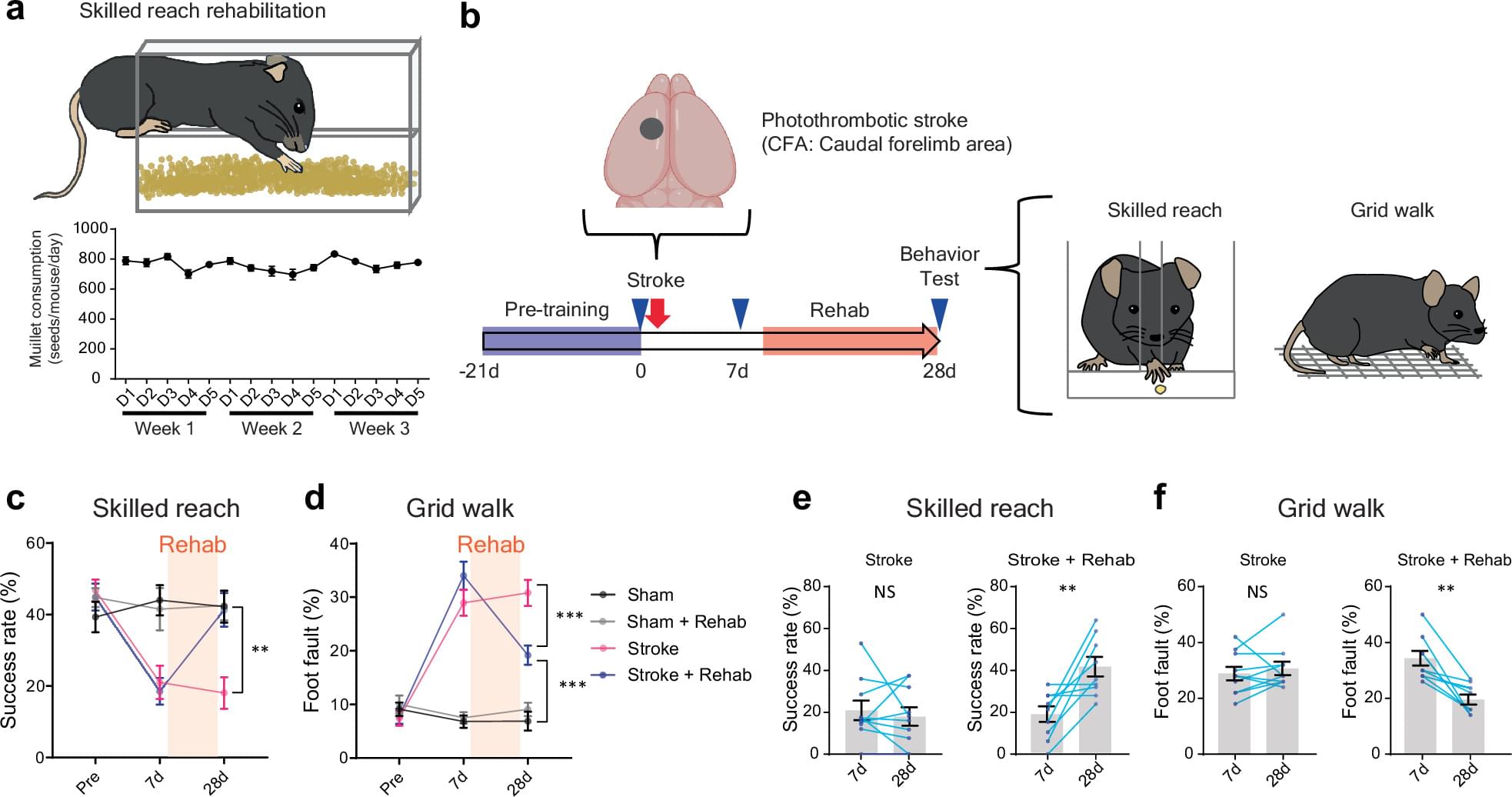“This is a very tiny object, with very weak gravity, so it easily loses a lot of mass, which then further weakens its gravity, so it loses even more mass,” said Dr. Avi Shporer.
What can a planet that’s shedding its material teach astronomers about planetary formation and evolution? This is what a recently submitted study to The Astrophysical Journal Letters hopes to address as an international team of scientists investigated a unique exoplanet that orbits its host star approximately 20 times closer than Mercury orbits our Sun, resulting in the exoplanet shedding so much material that it’s creating a tail of debris and will eventually disintegrate into nothing.
“The extent of the tail is gargantuan, stretching up to 9 million kilometers long, or roughly half of the planet’s entire orbit,” said Dr. Marc Hon, who is a postdoc in the Kavli Institute for Astrophysics and Space Research at the Massachusetts Institute of Technology (MIT) and lead author of the study.
Exoplanet BD+054868Ab is located approximately 140 light-years from Earth and orbits its star in approximately 30.5 hours. For context, Mercury takes our Sun in 88 days. The orbit of BD+054868Ab is so close, astronomers hypothesize that it’s a molten world slowly shedding its material and they estimate it will be completely gone between 1 million and 2 million years from now. During its long and slow death, BD+054868Ab is shedding so material that it’s leaving a trail of debris in its wake, which initially puzzled astronomers after analyzing data obtained from NASA’s Transiting Exoplanet Survey Satellite (TESS).









